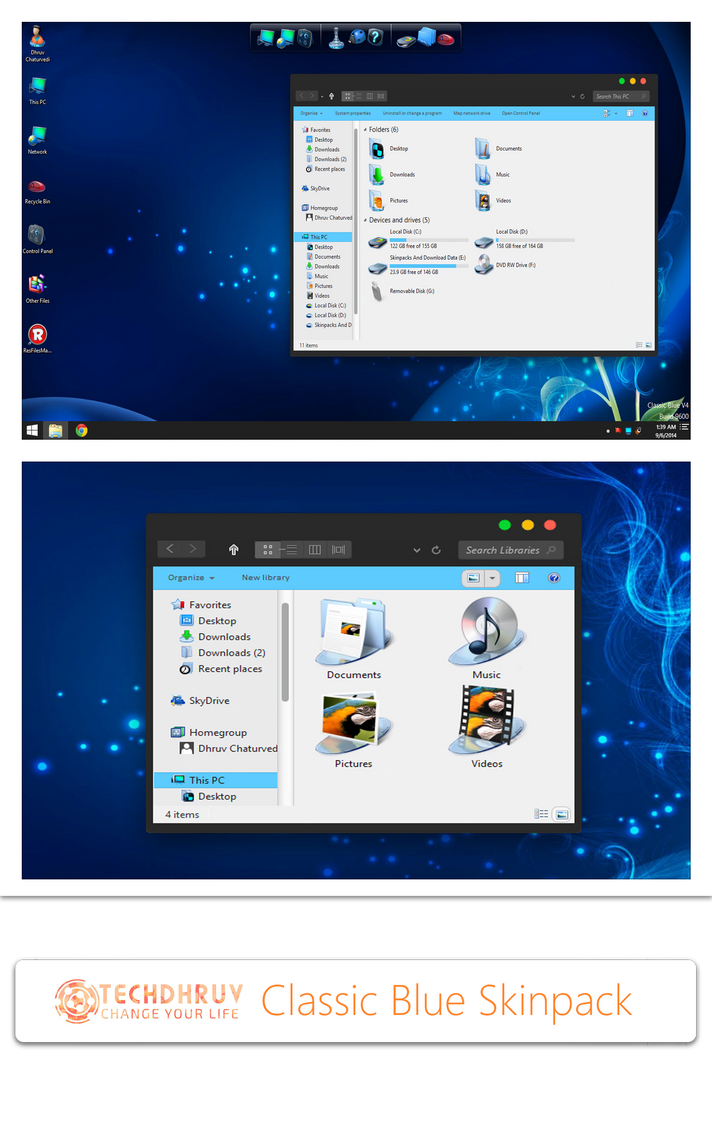Visual Basic For Win7 64bit Printer
Hi, I have installed the Visual Studio 6.0 in Windows 7 Professional 64 Bit machine and using from last one year without any problems. From yesterday on wards, the Visual Basic IDE is crashing while opening. I would like to install VB6 on my new Windows 7 machine (64 bit) I do not want to use a virtual Machine, is this possible? Is there any good article which explains what kind of issues may arise? Visual Basic Classic Installing VB6.0 SP6 on Windows 7 64bit. I would like to install VB6 on my new Windows 7 machine (64 bit) I do not want to use.

64-Bit Visual Basic for Applications Overview • • 6 minutes to read • Contributors • • In this article Microsoft Visual Basic for Applications (VBA) is the version of Visual Basic that ships with Microsoft Office. In Microsoft Office 2010, VBA includes language features that enable VBA code to run correctly in both 32-bit and 64-bit environments. Note By default, Office 2010 installs the 32-bit version. You must explicitly choose to install the 64-bit version during setup. Running VBA code that was written before the Office 2010 release (VBA version 6 and earlier) on a 64-bit platform can result in errors if the code is not modified to run in 64-bit versions of Office. Cara Hack Web Dengan Sql Injection Php. Errors will result because VBA version 6 and earlier implicitly targets 32-bit platforms and typically contains that call into the Windows API using 32-bit data types for pointers and handles.
Because VBA version 6 and earlier does not have a specific data type for pointers or handles, it uses the Long data type, which is a 32-bit 4-byte data type, to reference pointers and handles. Pointers and handles in 64-bit environments are 8-byte 64-bit quantities. These 64-bit quantities cannot be held in 32-bit data types.
Note You only need to modify VBA code if it runs in the 64-bit version of Microsoft Office. The problem with running legacy VBA code in 64-bit Office is that trying to load 64-bits into a 32-bit data type truncates the 64-bit quantity. This can result in memory overruns, unexpected results in your code, and possible application failure. To address this problem and enable VBA code to work correctly in both 32-bit and 64-bit environments, several language features have been added to VBA. The table at the bottom of this document summarizes the new VBA language features. Three important additions are the type alias, the data type, and the keyword.
• - VBA now includes a variable type alias: LongPtr. The actual data type that LongPtr resolves to depends on the version of Office that it is running in: LongPtr resolves to Long in 32-bit versions of Office, and LongPtr resolves to LongLong in 64-bit versions of Office. Aplikasi Pelacak Nomor Hp Untuk Pc. Use LongPtr for pointers and handles.
Bosch Dmo 10 E Manual For Canon there. • - The LongLong data type is a signed 64-bit integer that is only available on 64-bit versions of Office. Use LongLong for 64-bit integrals. Conversion functions must be used to explicitly assign LongLong (including LongPtr on 64-bit platforms) to smaller integral types. Implicit conversions of LongLong to smaller integrals are not allowed.
• - The PtrSafe keyword asserts that a Declare statement is safe to run in 64-bit versions of Office. All must now include the PtrSafe keyword when running in 64-bit versions of Office. It is important to understand that simply adding the PtrSafe keyword to a Declare statement only signifies the Declare statement explicitly targets 64-bits, all data types within the statement that need to store 64-bits (including return values and parameters) must still be modified to hold 64-bit quantities. Note Declare statements with the keyword is the recommended syntax. Declare statements that include PtrSafe work correctly in the VBA7 development environment on both 32-bit and 64-bit platforms. To ensure backwards compatibility in VBA7 and earlier use the following construct: #If VBA7 Then Declare PtrSafe Sub.
Ravan Mmorpg Mafia Game Script V12 Nulled Php. #Else Declare Sub. #EndIf Consider the following Declare statement examples. Running the unmodified Declare statement in 64-bit versions of Office will result in an error indicating the Declare statement does not include the PtrSafe qualifier. The modified VBA example contains the PtrSafe qualifier, but notice that the return value (a pointer to the active window) returns a Long data type. On 64-bit Office, this is incorrect because the pointer needs to be 64-bits. The PtrSafe qualifier tells the compiler the Declare statement is targeting 64-bits, so the statement executes without error. But because the return value has not been updated to a 64-bit data type, the return value is truncated resulting in an incorrect value returned.
Unmodified legacy VBA Declare statement example: Declare Function GetActiveWindow Lib 'user32' () As Long VBA Declare statement example modified to include the PtrSafe qualifier but still using a 32-bit return value: Declare PtrSafe Function GetActiveWindow Lib 'user32' () As Long To reiterate, you must modify the Declare statement to include the PtrSafe qualifier and you must update any variables within the statement that need to hold 64-bit quantities so that the variables use 64-bit data types. VBA Declare statement example modified to include the PtrSafe keyword and updated to use the proper 64-bit ( LongPtr) data type: Declare PtrSafe Function GetActiveWindow Lib 'user32' () As LongPtr In summary, for code to work in 64-bit versions of Office, you need to locate and modify all existing Declare statements to use the PtrSafe qualifier. And you need to locate and modify all data types within these Declare statements that reference handles or pointers to use the new 64-bit compatible LongPtr type alias, and types that need to hold 64-bit integrals with the new LongLong data type.